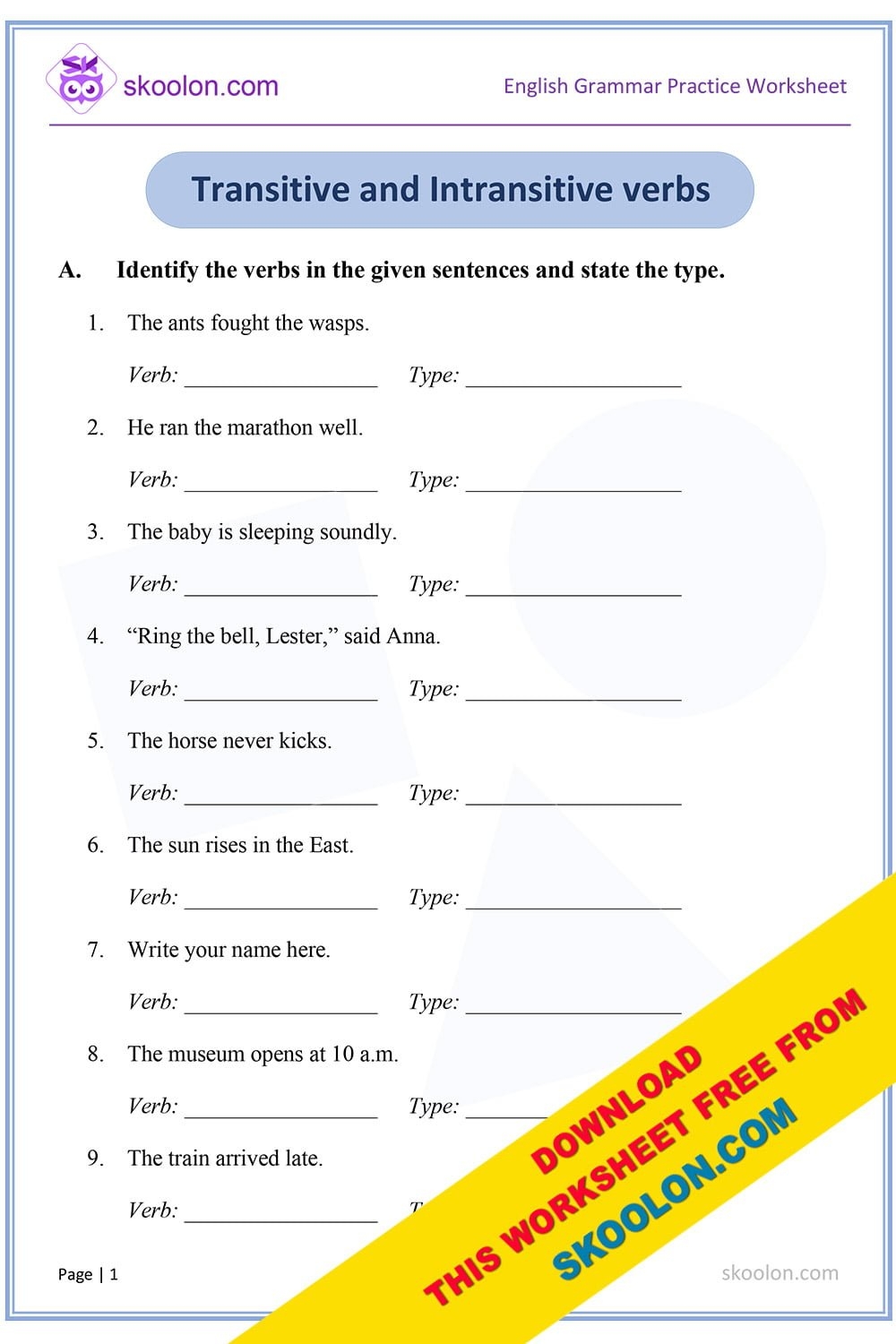Verbs play a crucial role in the English language, as they help convey action or state of being. Understanding the difference between transitive and intransitive verbs is essential for proper sentence construction. Transitive verbs require an object to complete their meaning, while intransitive verbs do not. Let’s test your knowledge with a quiz on transitive vs intransitive verbs!
Transitive verbs are action verbs that require a direct object to make sense. For example, in the sentence “She ate an apple,” the verb “ate” is transitive because it requires the direct object “apple” to complete the action. In contrast, intransitive verbs do not need an object to complete their meaning. For instance, in the sentence “He runs every morning,” the verb “runs” is intransitive as it does not require a direct object.
Transitive vs Intransitive Verbs Quiz
1. Identify whether the following verbs are transitive or intransitive:
- Jump
- Read
- Understand
- Open
- Laugh
2. Write a sentence using a transitive verb that requires a direct object.
3. Write a sentence using an intransitive verb that does not require a direct object.
4. Explain the difference between transitive and intransitive verbs in your own words.
5. Create a list of five transitive verbs and five intransitive verbs.
Now that you’ve completed the quiz, let’s review the answers and see how well you understand the concept of transitive and intransitive verbs. Remember, transitive verbs require a direct object to complete their meaning, while intransitive verbs do not.
By mastering the difference between transitive and intransitive verbs, you can enhance your writing skills and create more concise and effective sentences. Keep practicing and identifying the verbs in sentences to improve your understanding of grammar rules in the English language. Congratulations on completing the transitive vs intransitive verbs quiz!
